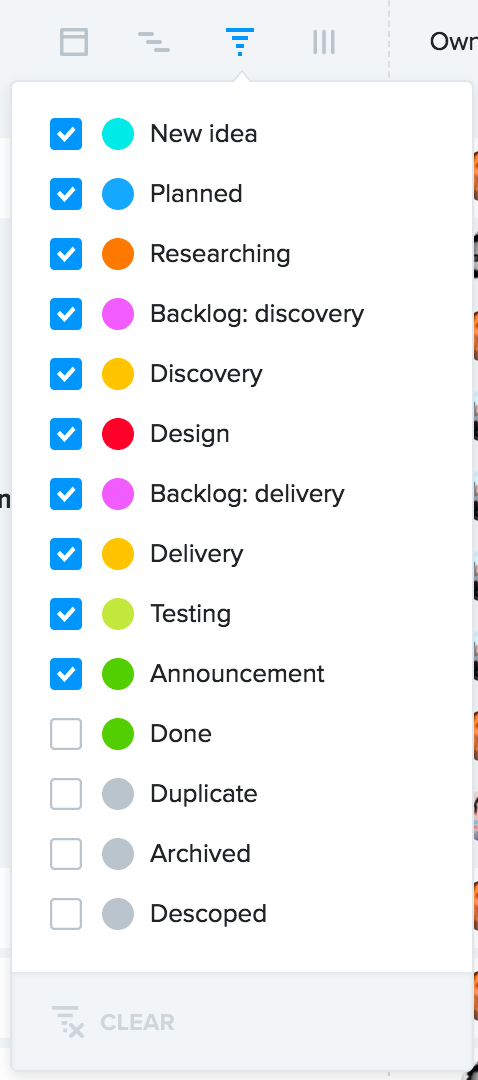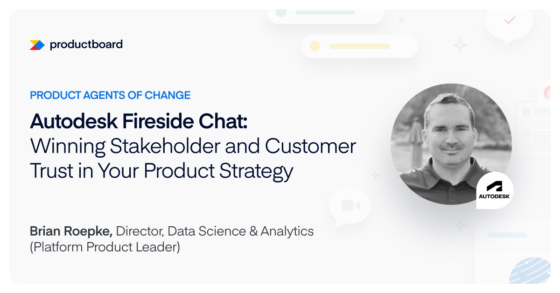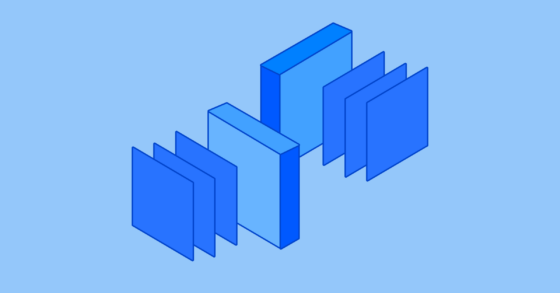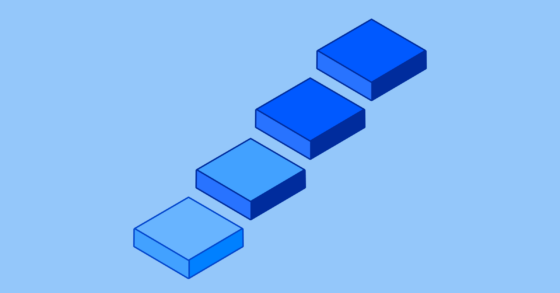10 questions from our recent AMA with productboard CEO, Hubert Palan

We’ve got answers
How many open features are there in your productboard? How many is too much?
As of now we have 901 features but we are good at categorizing them into stages (with custom statuses) which keep things manageable. Most of our features are in the New idea stage and only those that we’re more serious about advance to become actual candidates. Here are all the stages in our workflow right now (subject to ongoing improvements ?).

Can you provide an overview of your own process? How does productboard prioritize its own features?
We run a dual-track Agile process with separate tracks for discovery and delivery. We have 6-week cycles, and within the cycle we plan work for each week. We keep track of all insights coming from our Intercom support conversations and we also add any other feedback and notes from customer calls and interviews etc. We use a set of drivers to help us during discussions about importance of features on the more permanent dimensions like Magic, Friction, Virality. We then have one or two concrete initiatives for the cycle, and a few additional ongoing ones. I like to use code names for our initiatives, here is what we have right now:

Nucleus is a code name, and Opportunistic picks is an initiative for features that fall outside of our current focus but have special business/strategic benefit.
What area does productboard intend to own? Research gathering? Prioritization? Public Roadmaps?
Long-term we want to be the product brain for the whole company. The best teams are amazing at listening to their customers and understanding what matters to them the most — thus our Research section. The best teams also have a clearly defined strategic and prioritization framework with clear goals. That is why we have functionality like drivers, prioritizations score, initiatives etc. Lastly, the best team outperform others in bringing everyone together. They create transparency and they work together with folks outside of the immediate product team. That is why we have the roadmap and collaboration features. It’s a broad scope, we know. The biggest challenge has definitely been not to go too broad — we don’t want to overlap with JIRA and other engineering task management tools. It is hard since many of our customers would like us to do more there…
What’s the biggest mistake you made building productboard?
Biggest mistake? There are many mistakes. We have been working on too many things at the same time. We hired the wrong people and had to let them go. We assumed everyone in the industry is friendly (even potential competitors) and that proved to be a bit too optimistic… I’ll tell you more over a beer!
What do you look for and require when hiring UX designers?
Good question. With any product role, I place huge importance on the ability to really, really understand the users. It is hard in B2B where the designers are so far removed from target users. To me the best UX designers share the same traits of the best PMs — they are curious and relentless in observing the users, they take every opportunity to learn more, they dig deep into emotions and motivation, they talk to customers directly, they talk to others who talk to customers to get more insights. With respect to more specific design skills, Jony Ive has made a zillion prototypes for every product he’s worked on, and that’s why I love the discovery part of the process: you keep learning and testing and perfecting, so as a designer you need to be able to explore many different routes, not to get excited about one right away.
What is your roadmap with regard to integrations? API?
Thank you for your patience there! We’ve been waiting to introduce additional integrations because we wanted to make sure our experience works well for the existing integrations first. We still want to close a few gaps and eliminate some friction, but going forward we will be opening our APIs for research input as well as for integrating with additional engineering systems. On the research side, we will add integrations to the biggest support systems. We will also add the ability to update a simple CSV with research notes. On the engineering systems side, GitHub is on top of the list.
For the APIs, we’re playing with GraphQL right now and intend to use it moving forwards. It might happen as soon as within a few weeks, at least for getting research/insights into productboard, but it might take longer, depending how fast we progress with everything else.
What do you use Tasks for? And how do you use the Competitors feature?
The idea behind tasks is to be able to track a checklist of deliverables that need to happen for most of your features. Internally we’ve used it mostly for things related to product marketing and launch. (Do we need to update documentation? Do we want to write a blog post? etc.) We now replaced a bit this flow by adding a custom feature status for “Announcement” (see our custom status values shared above). We move features that are ready for a marketing launch there. Some technical or internal-facing features skip that stage.
The idea behind competitors columns is to be able to track how well competitors have solved a certain need in their own products. Honestly we need to integrate this into the main flow more. Ideally you would be able to indicate on an insight coming from research that it is something related to a competitor and we would then display aggregate competition info in these columns like we do for the user impact score. We’ll look to improve this moving forwards.
I am an aspiring PM, with a background in design, do you have any advice on how to gain some experience?
Welcome to the exciting world of product management! ? This would be a long answer but to keep things simple, I see three key pillars that you need to learn about:
- Understand what matters to your customers.
- Have a clear product strategy/prioritization framework.
- Make sure you bring all your colleagues together — that everyone understands the points 1 & 2 and that everyone has the context necessary to really contribute their curiosity and creativity.
Soon we’ll publish a new PM 101 article that should help. Until then, read Inspired by Marty Cagan. Get an experienced mentor. Do an internship.
I’m still a relatively new user of productboard. I’m curious how the Roadmap decides to order the releases, and whether you intend to add some sort of time vector (even big picture estimating) to that planning.
Today, the order of releases on the Roadmap reflects the order of releases on the Releases board. The order of features reflects the order on the Features board. Going forward we will make it fully configurable with a simple drag and drop. You will be able to choose whether you want to arrange the Roadmap by releases, by feature status or by some other custom column/field. That way you could have more granular releases and a separate entity for time and switch between. The Roadmap will also support multiple views, so you will be able to have multiple Roadmaps configured for different audiences/needs. Tell us more about how you’d like to communicate time there — we’d love to learn more!
What tools do you use to understand & track product usage & why?
We use productboard for all qualitative research, and we use Heap Analytics, Intercom, GoodData, and our internal logs for more detailed product engagement data. Heap provides very granular per user info, and in GoodData we can create more complex per-project metrics. We have Segment set up and have also used Mixpanel and Fullstory in the past. Fullstory was especially interesting for answering questions like: what do new trial users do in their first minutes in the app?
Looking for an invite to productboard’s customer community on Slack? We’d love to hear from you. [email protected].





